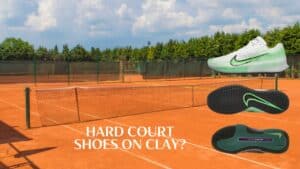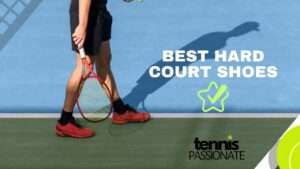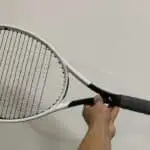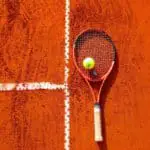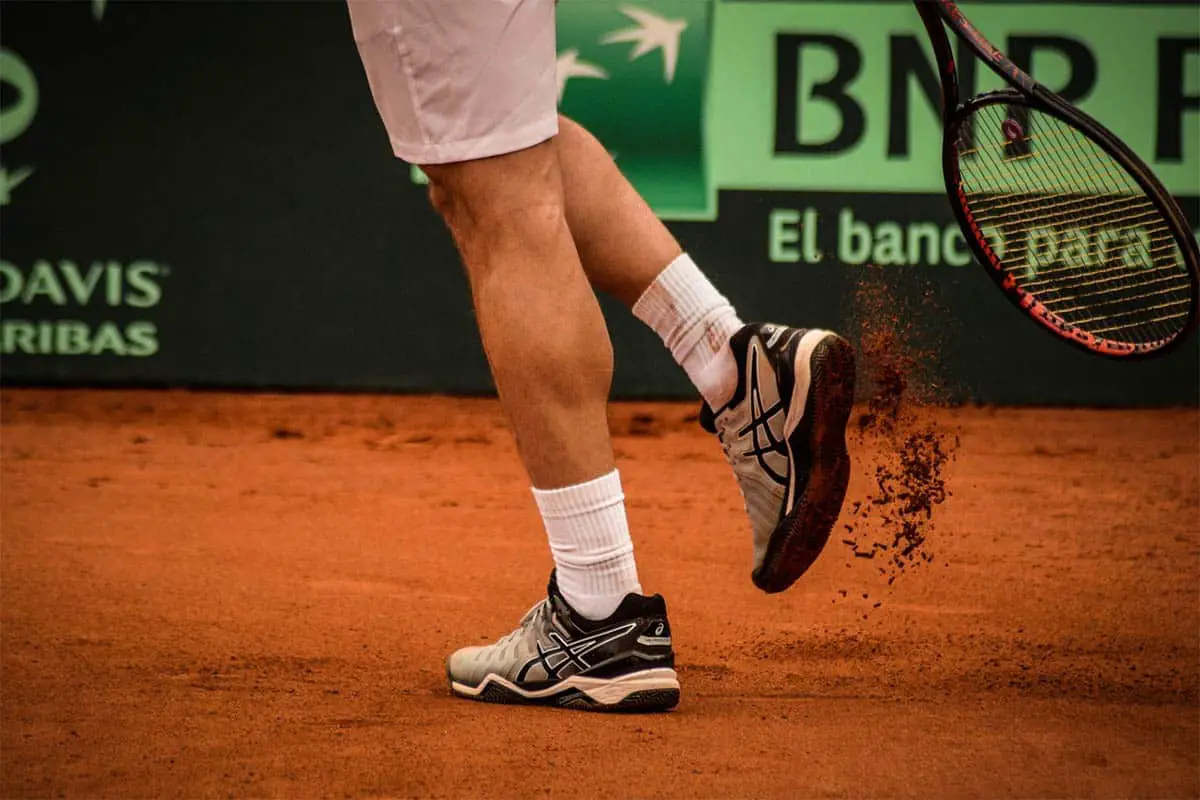
Are Tennis Shoes Slip-Resistant? (Answered)
Tennis players are required to move quickly and efficiently on the court. Therefore, they don’t want to lose balance and expose themselves to injuries.
Slipping in tennis is a frustrating thing. It can make you fall and lose the point, or worse injure yourself.
When shopping for tennis shoes, it is important to look for shoes that offer the best traction and stability, if you are worried too much about slipping.
Now, let’s see the reason why they have to be slip-proof.
Tennis shoes are supposed to be slip-resistant and to prevent the player from falling. They are equipped with technology especially in the outsole to provide great traction and stability. Mostly, the outsole, which is a rubber band in the bottom of the shoe, features a tread pattern that varies between clay, hard, or grass courts.
Tennis shoes are supposed to help the player slide on the court but not slip. In addition, they need to have lots of cushioning and support to avoid injuries on the heels, ankles, and toes.
The Importance of Traction in Tennis Shoes
Traction is an important aspect of tennis. The interaction between the court surface and the tennis shoe creates a traction force in order to break the movement and to give stability to the player. Hence, traction is important to prevent the player from slipping.
It resembles a lot to a car wheel when the driver is breaking. The more the traction force generated by the tires, the faster the vehicle will stop.
In tennis, the players make accelerations followed by an abrupt stop in multiple directions. These repetitive actions require fast and safe braking, which is why tennis shoes with great traction are necessary.
However, there is a limit on the amount of traction. Otherwise, the shoes will be too grippy causing probable injuries. This is why the outsole of the tennis shoes generates just enough traction to make the player slide and stop safely, without slipping or gripping too much.
Now let’s take a closer look at the traction force.
The traction force T is the resultant of the friction force F that is responsible for breaking the movement, and the normal force R of applied by the gravity on the player’s foot.
The coefficient of traction c is simply the ratio F/R
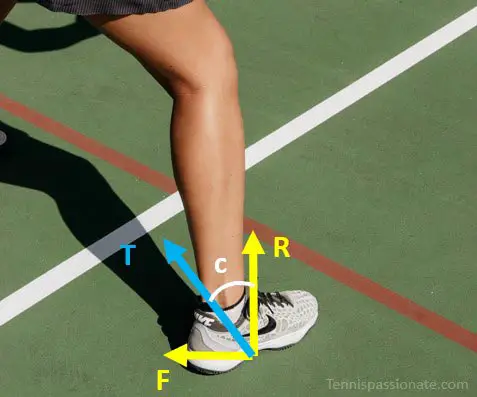
The coefficient of traction varies from a surface to another and depends on other factors like:
- Dry or wet
- Hot or cold
- Clean or dirty
- Rough or smooth
- New or old
Typically, the coefficient of traction is:
- 0.5 to 0.8 for clay courts
- 0.8 to 1.2 for acrylic hard courts
- 0.4 to 1.2 for grass courts (this value varies a lot according to the court condition. Wet grass is very slippery while dry grass is very grippy)
An ideal coefficient of traction is between 0.5-0.8, for the best performance combined with good safety. This value can be achieved by changing tennis shoes according to the court surface and condition.
The Fine Line Between Sliding and Slipping
It all depends on the amount of traction generated during the movement. The factors that control the outcome of the move are the surface of the court, the surface of the shoe, and the speed of the player.
This is the difference between them.
- Sliding happens when there is not enough traction on the surface, but the player knows that. The prefect example is a clay court. In clay, the players are certain that the surface doesn’t have too much friction and they allow themselves to glide and use deceleration to stop. With lots of training, they know exactly how fast to run and when to stop the movement until the friction becomes higher than the normal force.
- Slipping happens unintentionally when the traction force is low. It happens more in grass courts when they are wet. These conditions make the surface very slippery.
Choose Your Shoes for Your Court Surface
Following the last statement, to achieve good traction without risking injuries, the player must adapt his shoes to different surfaces and different conditions as well.
For example, the player should consider bringing 2 different shoes to a game when it might rain.
The court surface requires a different outsole tread pattern that leads to different traction responses.
Clay Court
In clay courts, you will find a multidirectional pattern featuring zig zags called the herringbone pattern.

This pattern eases sliding and makes the shoe grippy as well by giving lots of traction.
Hard Court
In hard courts, you will find outsoles with a modified herringbone pattern offering good but less traction than clay. This is because acrylic or synthetic courts already have higher traction themselves.

Grass Court
In grass courts, you will need a turf outsole. It contains spikes to help get enough traction without slipping on the court. For the information, grass courts are as soft as clay courts but more slippery, especially in wet conditions. This sole pattern helps to achieve great balance and stability. These shoes can only be used in grass courts.

The Most Slip-Resistant Tennis Shoes in 2022
We have done some research to give you the best tennis shoes traction-wise. They are the most suitable if you look for stability, balance, and safety.
For Men
| Men Tennis Shoes | Traction score (/10) |
Adidas SoleCourt Boost 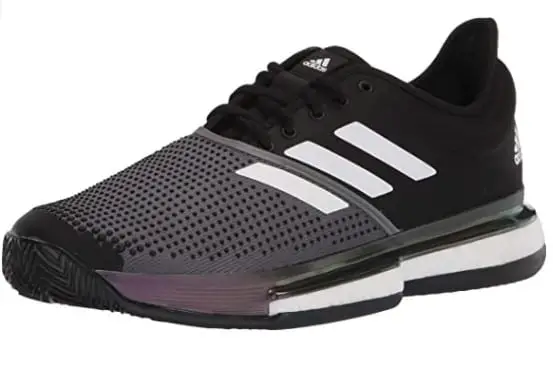 See Price | 9.2 |
Asics Gel Resolution 8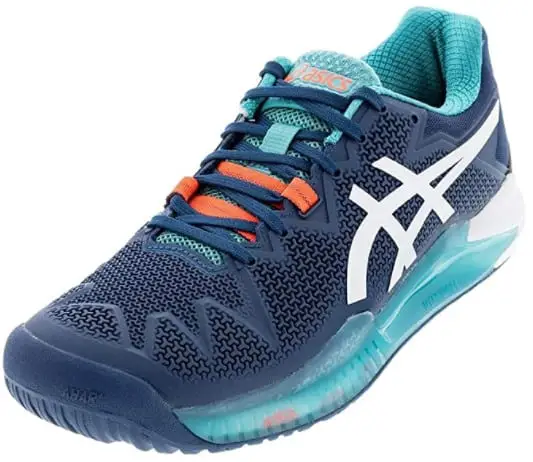 See Price | 9.0 |
Asics Solution Speed FF2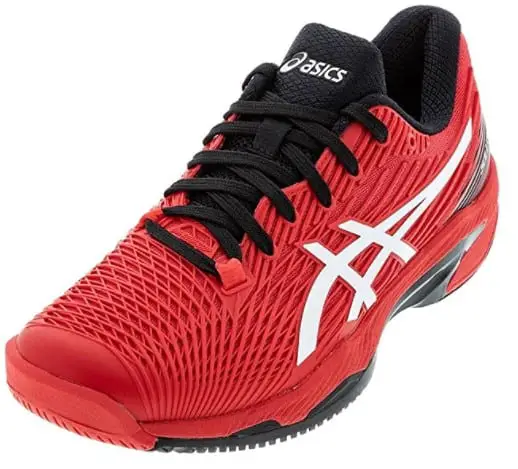 See Price | 9.0 |
Fila Axilus 2 Energized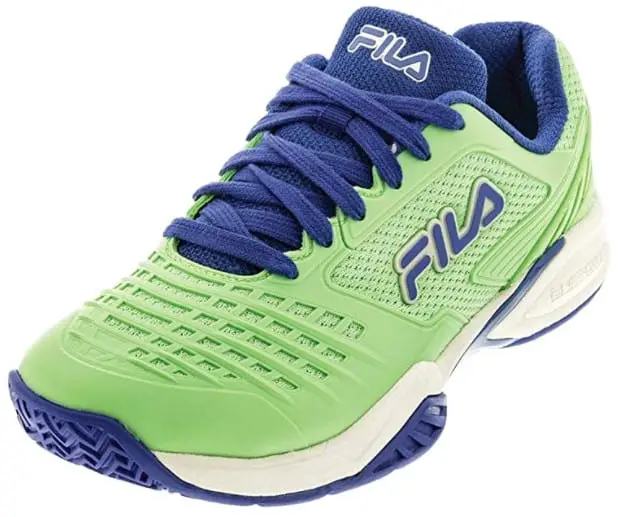 See Price | 8.9 |
Nike Air Zoom Vapor Pro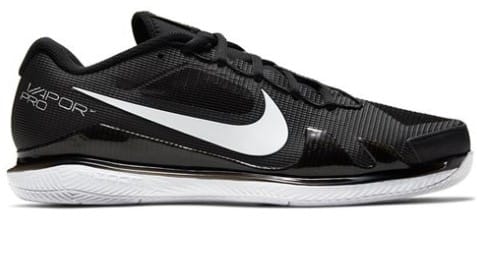 See Price | 8.9 |
For Women
| Women Tennis Shoes | Traction score (/10) |
adidas Adizero Ubersonic 4 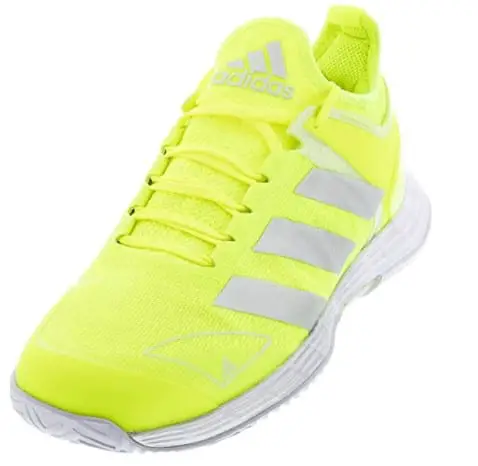 See Price | 9.2 |
Asics Solution Speed FF2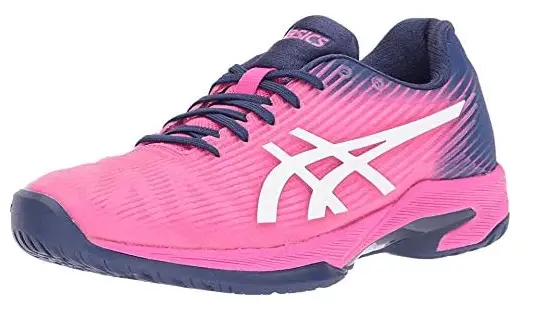 See Price | 9.0 |
New Balance 996 V4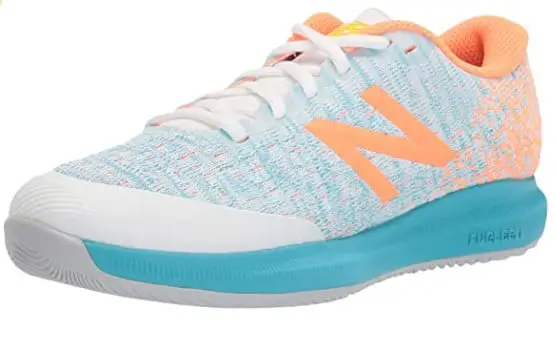 See Price | 9.0 |
Nike Air Zoom vapor Pro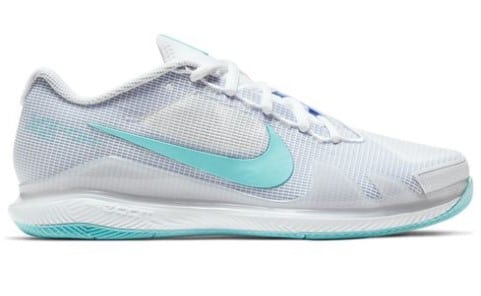 See Price | 8.9 |
Asics Gel Resolution 8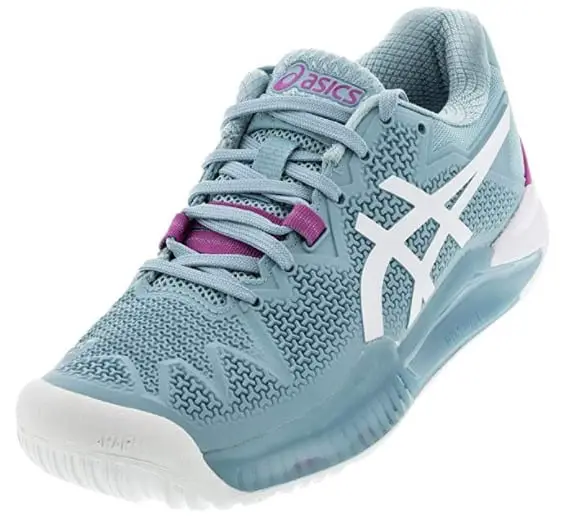 See Price | 8.9 |
To Wrap it Up
To give the player the stability and balance needed, tennis shoes are designed specifically to generate traction, which helps to reduce tremendously the chances of slipping in a court.
If you worry about your safety, traction is the criteria to look for.
Read Also:


